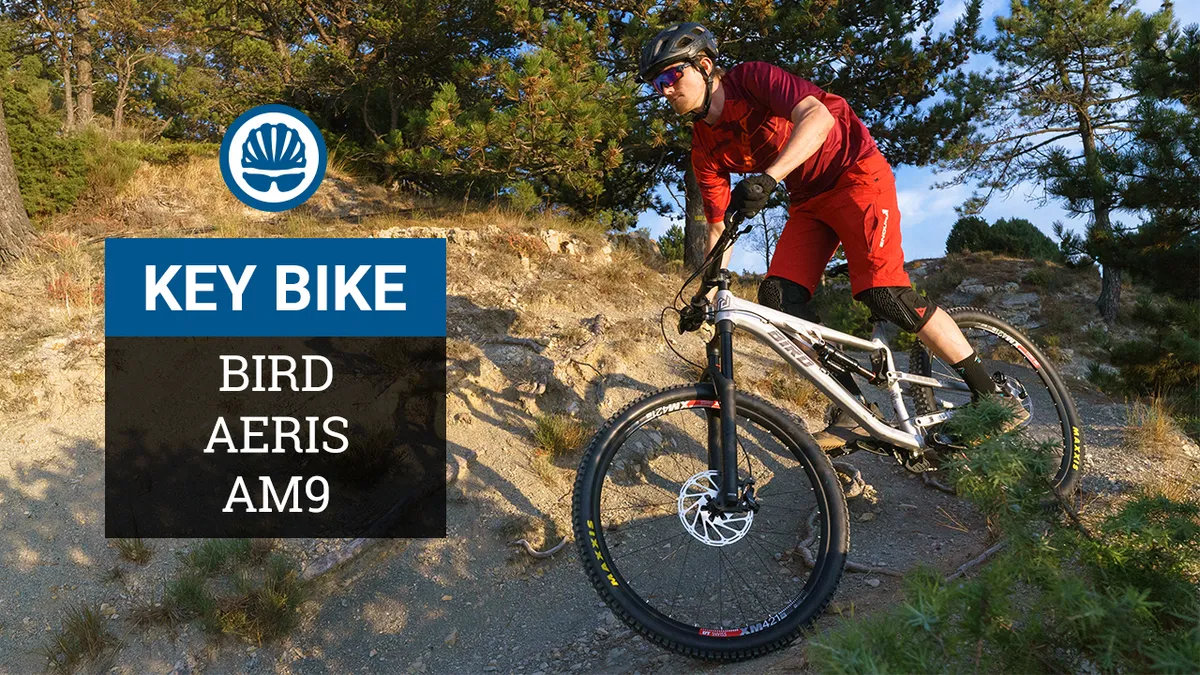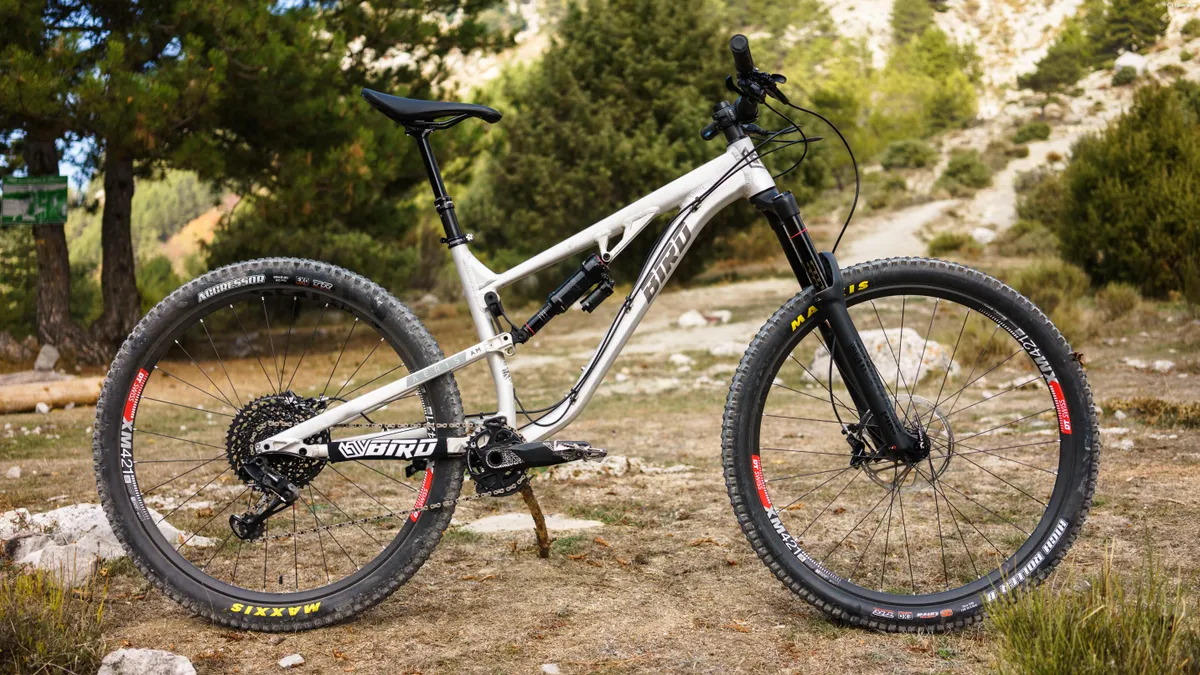Though a relatively small brand based out of the UK, Bird's approach to bike design and commerce means it's starting to get noticed abroad (and, yes international readers, you can probably buy one!). The Aeris AM9 is its first ever 29er bike, following on from a line of successful 27.5 full-suspension and hardtail models.
- The Bird Aeris AM9 is one of our key bikes for 2018. We've collated eleven bikes that we believe you should know about in the coming year. Some are super bikes, while others might display great value for money, but they all have one thing in common — they're all important bikes that show how incredibly varied road and mountain biking is today.
Being Bird's first 29er, we were interested in getting our hands on one as soon as possible, and were lucky to get a pre-production version of the bike for testing (I believe it's just the finish of the frame that may change).
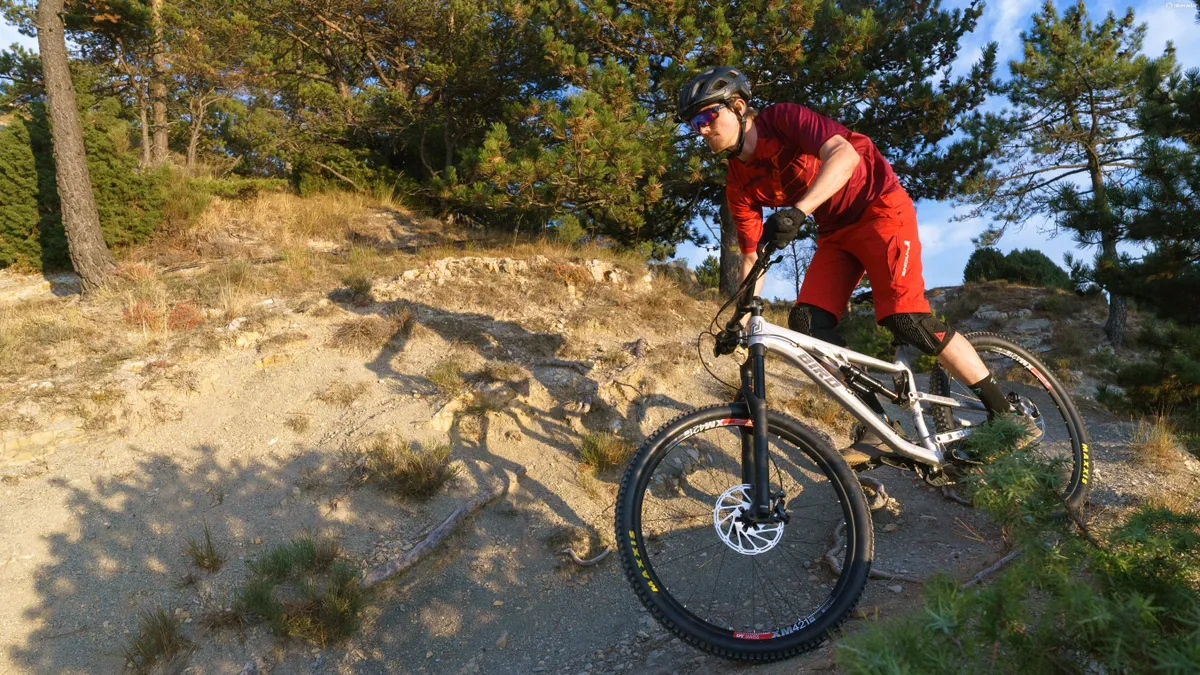
A quick word on Bird, if you're not familiar. It sells bikes direct, which helps keep its pricing incredibly competitive. It also gives the company the flexibility to give build options on its bikes, enabling the consumer to change bits and pieces at the point of purchase — great if you like a specific tyre or have a little more cash to spend than the basic price of the bike you're after.
Its approach to geometry is forward thinking too, with bikes firmly at the progressive end of the scale. The reason for Bird introducing a 29er is that it finally felt that the wheel rim and tyre combos are now available to give the roll-over advantages of the bigger wheel, without the strength and weight issues 29ers arguably had.
The Bird Aeris AM9 is one of our Headline Bikes for this year
Bird Aeris AM9 GX12 frame
The frame is hydroformed 6066 alloy, with big, obvious welds and reinforcement where necessary. To keep mechanics happy, cables are routed externally and there's an external bottom bracket too for ease. There's a Maxle boost spaced back end and a full complement of bearings throughout the frame.
The 150mm of rear wheel suspension is controlled by a regular four-bar linkage, with a Metric length shock in there.
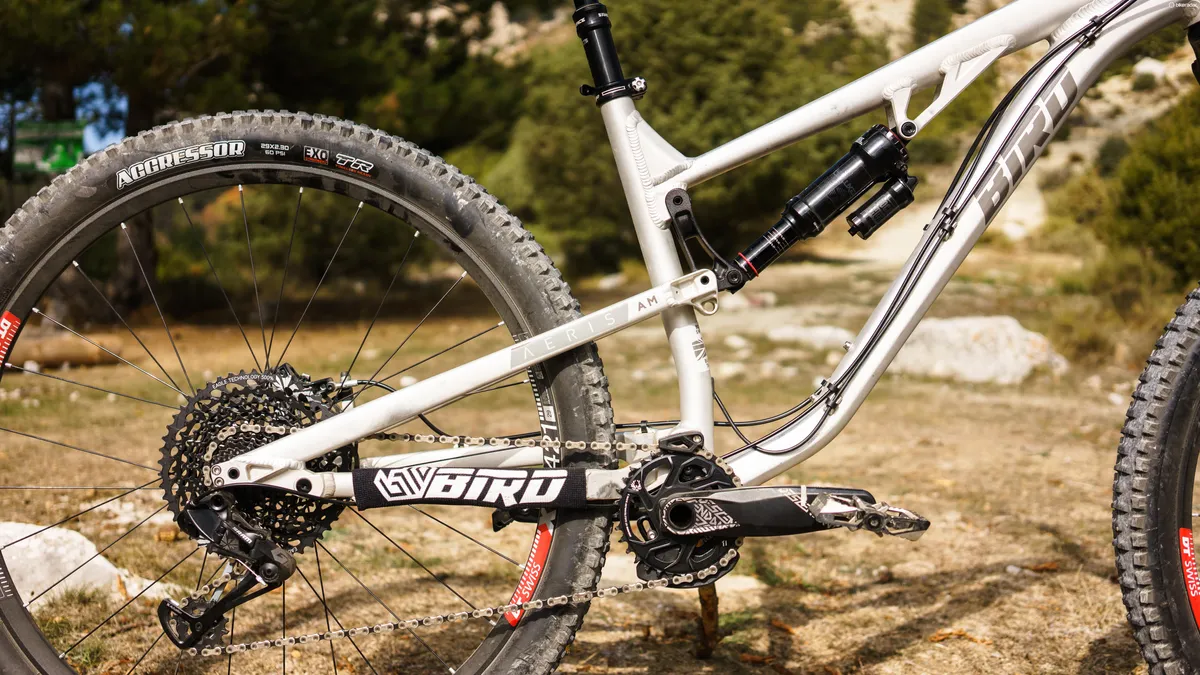
Bird Aeris AM9 GX12 geometry
The shape of the frame is where Bird really stands out though. We talk a lot about 'progressive' geometry on BikeRadar, basically meaning geometry that extends beyond what might be considered average. Bird certainly falls into this progressive category.
A size Large bike comes with a reach of 500mm, at the moment it could be argued that 460mm is 'average', so there's no doubting that this is a long bike. The head angle is a slack 65.5 degrees and the chainstays are relatively long at 440mm, giving a wheelbase of 1,265mm in Large. The seat angle is steep at 76 degrees.
Bird Aeris AM9 GX12 kit
The standard build of the bike I tested comes in at £2,340, however I had a couple of choice upgrades, which bought the build in at £2,922.
The bike was built with a RockShox Lyrik RCT3 fork, in 150mm guise, and SRAM's GX Eagle 12-speed groupset. The brakes were SRAM Guide RS. The AM9 rolled on DT Swiss M1700 Spline wheels and a pair of Maxxis tyres; a High Roller II at the front and an Aggressor at the back. The finishing kit mainly consisted of Race Face stuff, with a 150mm Aeffect dropper.
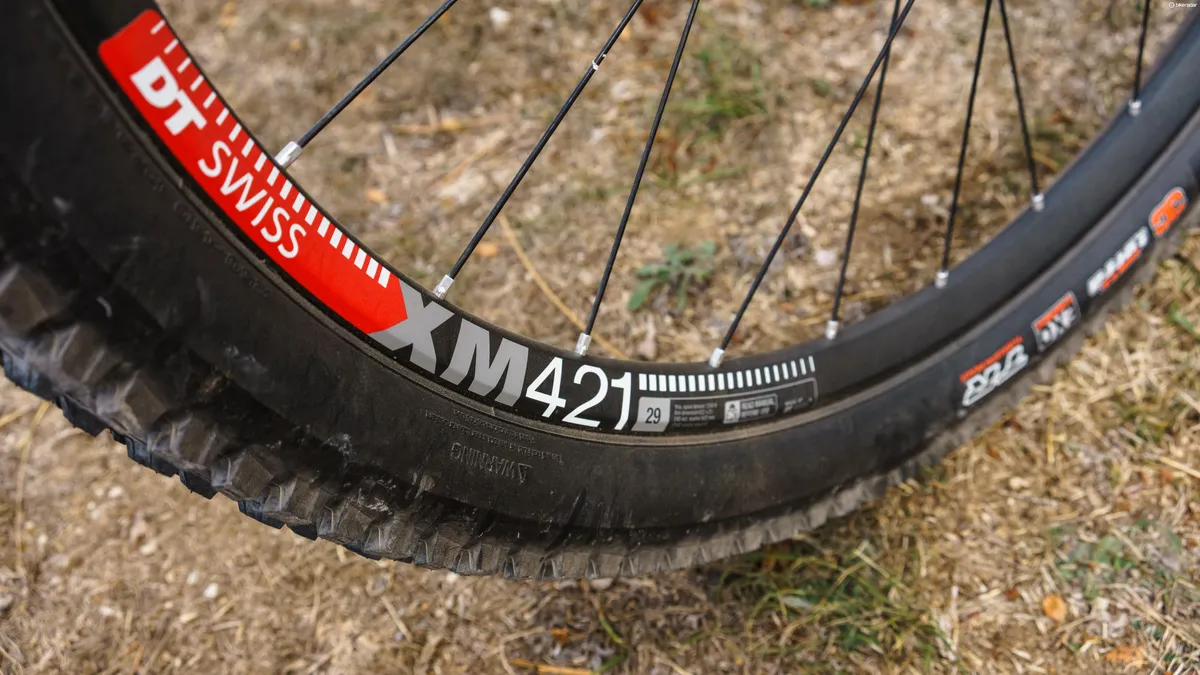
Most of the components had alternative options, including different tyres, droppers, cockpit and brakes. The standard fork for this build is the Yari.
Bird Aeris AM9 GX12 ride impression
I really liked the 27.5in Aeris 145, so expected good things from the AM9, especially as my preference for bikes is those with larger wheels. And I was far from disappointed.
While the Aeris 145 felt like a much 'bigger' bike thant it was, and on flatter, pedally trails actually felt a little sluggish, it seems that Bird has nailed the AM9 in this respect.
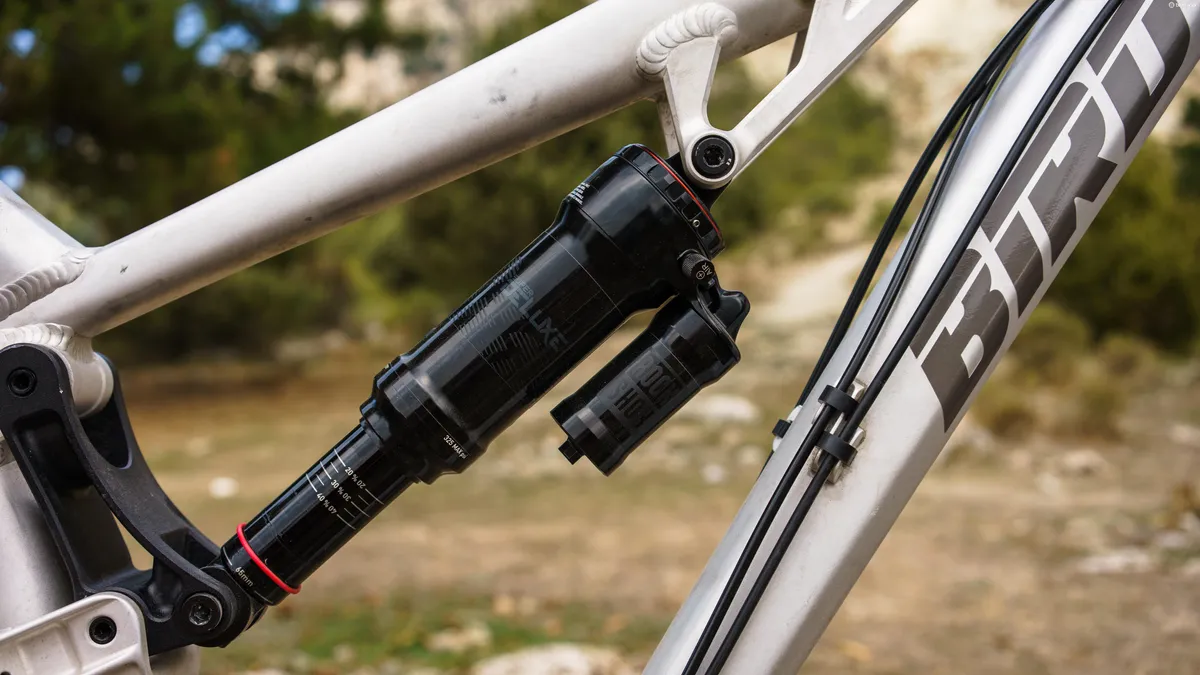
Rather than taking a long time to get rolling, and feeling like it needs a lot of effort to maintain speed along the flat, the AM9 feels much more active, almost sprightly.
Despite bigger wheels, it's an easy bike to pick up and place where you want it on the trail. Should you be riding tight, nadgery trails, it's easy to be precise with exactly where you want, or need the bike to go. The big wheels help move the bike over obstacles where they can't be avoided.
When you just want to rattle over anything in the way, the 150mm of travel just lets you point the bike and let go of the brakes.
It feels like the rear suspension tune is just right on the bike — though bear in mind I was running the compression and rebound valves fully open. If I'd wanted faster rebound, I'd have struggled to get it much quicker.
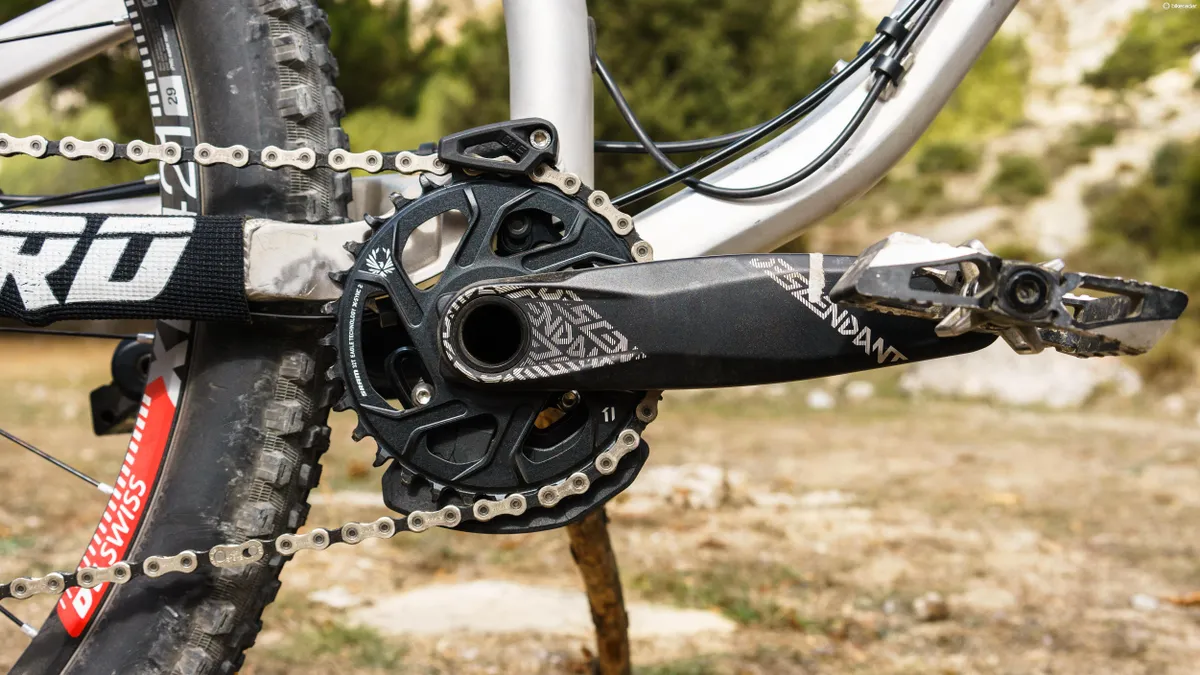
The bike is sensitive in its early stroke, taking care of smaller trail chatter easily, yet it ramps up considerably towards the end of the stroke, so I rarely bottomed the bike out regardless of how ham-fisted my riding was. In its mid-stroke there's a fair bit of support, which helps that agile, almost poppy feel the bike has.
While some of my colleagues love a long bike, I'm not 100 percent sold on super long bikes. At six-foot tall I rode the Medium Long bike, with a reach of 745mm, though I could have fitted easily on the Large — whether I'd have really liked the 500mm reach on the L, I'm not totally sure.
Still, the 475mm reach is probably around what I would spec myself, were I building my own frame. It's got the length to add that stability at speed and push the front wheel out in front of the rider, allowing you to push the front wheel confidently into corners to maximise grip. Yet it isn't so long that I struggled to get the front wheel up in the air. Basically, it was confident without feeling like I was riding a barge.
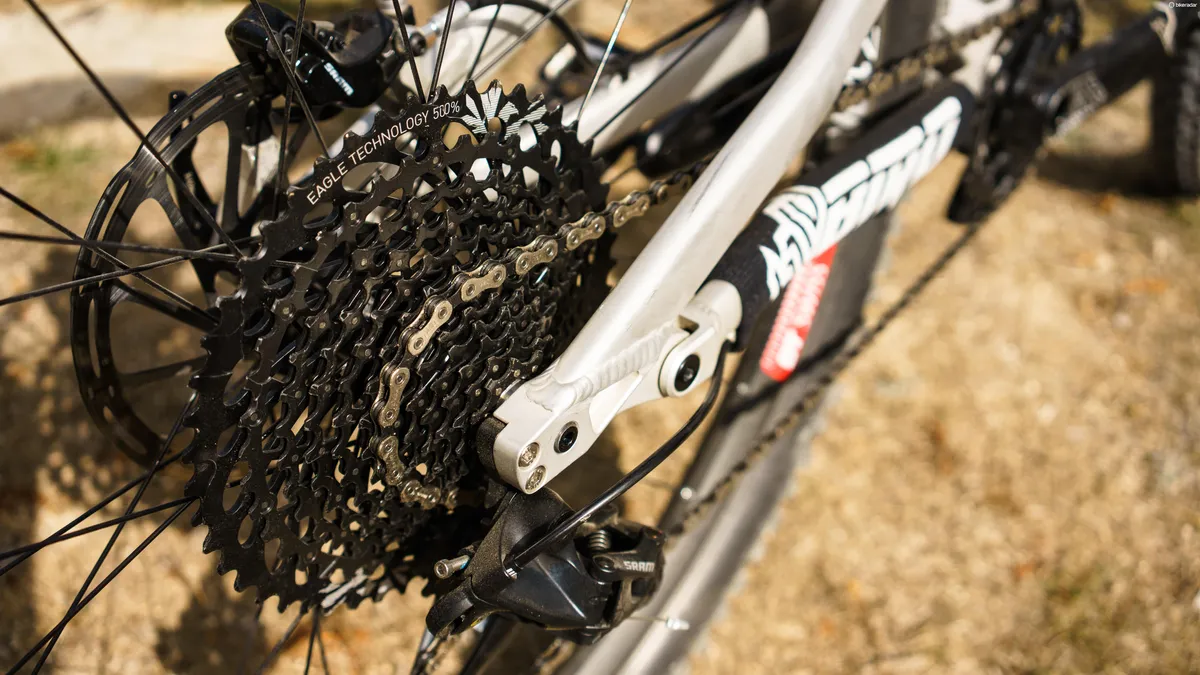
If my goal from the bike was to race enduro, perhaps I would have gone for the Large, which some would argue would be the faster, if less playful, bike.
At 14.3kg the AM9 isn't super light, but this didn't hold it back too much on the climbs. The steeper seat angle puts your hips nicely over the bottom bracket, so on steep climbs it's easy to regulate where your body weight is in relation to the wheels. This means you can easily control rear wheel traction and front wheel lift — the old maxim that slack and long bikes can't climb is an urban myth. So long as they have a relatively steep seat angle, there are no issues.
If I'd been testing the bike in the summer, there's very little I would have changed about the bike, perhaps a more powerful set of brakes (and/or bigger rotors). The majority of my testing was done in late autumn though, and I'd definitely spec a different set of tyres. The High Roller II and Aggressor not being my first choices, I'd probably have opted for a Shorty front and Minion DHR on the back. Fortunately, Bird's online shop would allow this, for a little surcharge.
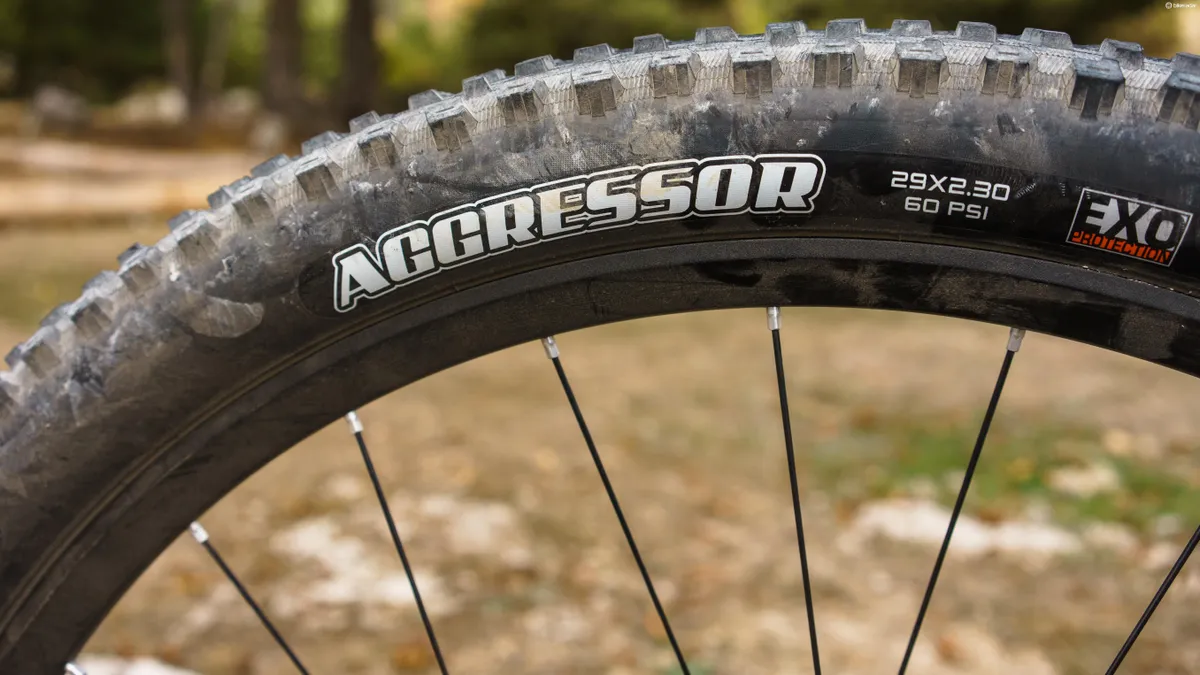
Bird Aeris AM9 GX12 overall
I'll admit to being smitten by this bike, and I wasn't really expecting to be when I first got on it.
It's stable and fast, while still being nippy and agile. It complements and, really, flatters my riding style and technique. While it was in my garage it was without doubt my go-to bike and it's not an empty garage either.
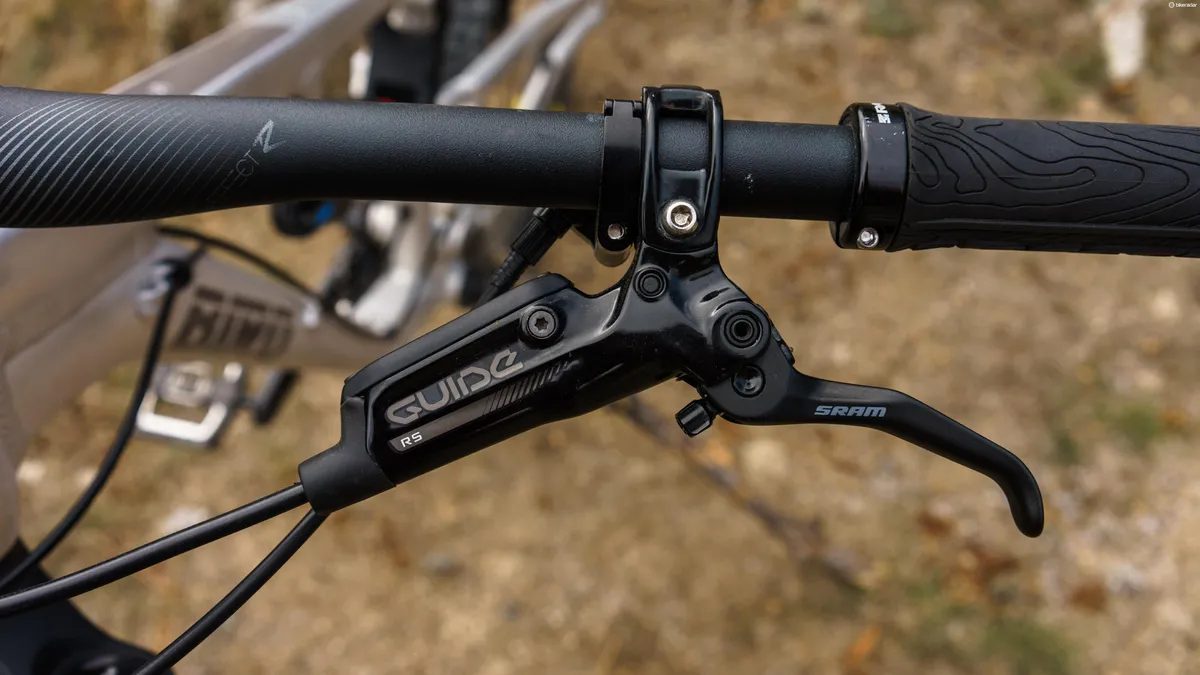
While I really liked the Aeris 145, I'd go so far as to say that the AM9 is a better bike. And I'd honestly say that were I to go out tomorrow with my own credit card, the AM9 would be right towards the top of my shopping list, especially considering that I could get the whole bike for the same price as the frame of the other bike I so wish to own (the new Transition Scout Carbon...).
BikeRadar would like to thank Brittany Ferries, the Commune of Peille, France, and Kieran Page at La Maison des Activities de Pleine Nature de Peille for their help and support during our Headline Bikes test.
